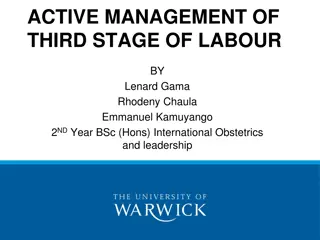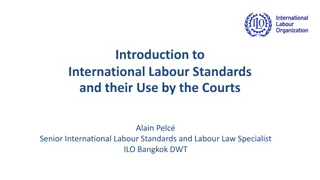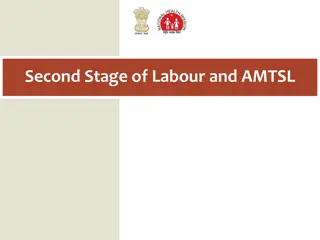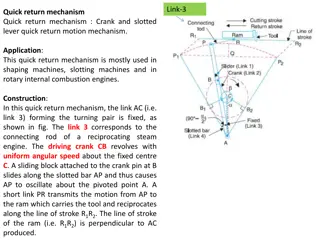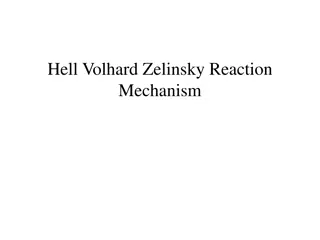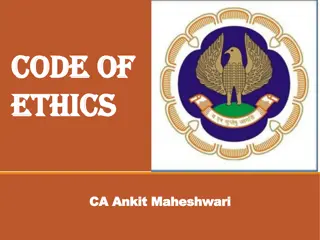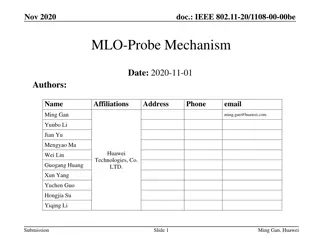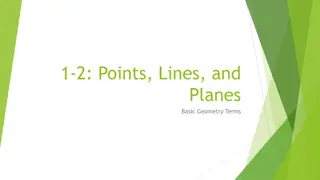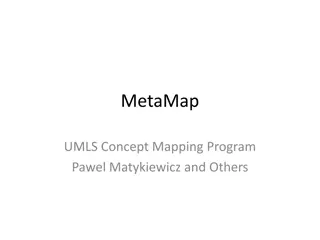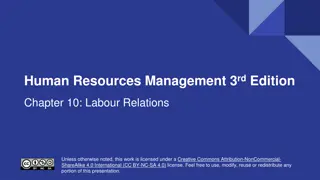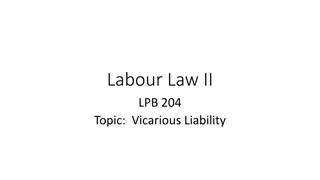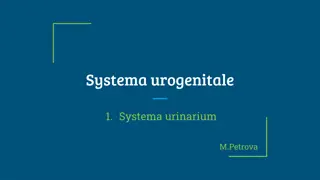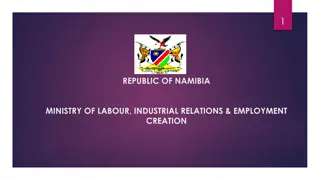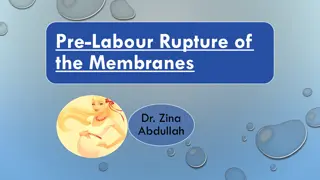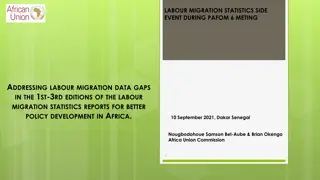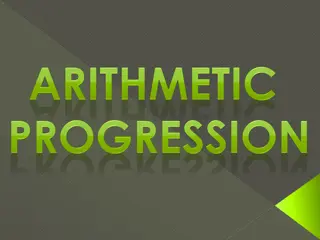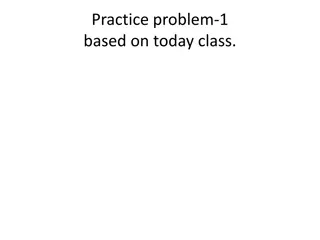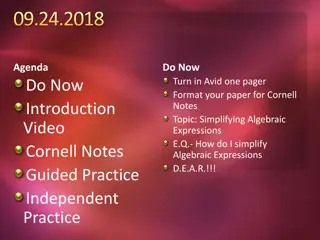Understanding the Mechanism of Labour: Key Terms and Concepts
Mechanism of labour involves the series of passive movements a fetus undergoes during passage through the birth canal. Key terms include lie, attitude, presentation, position, denominator, presenting part, and engagement. Understanding these terms is crucial in obstetrics for assessing fetal positions and progress during childbirth.
Download Presentation

Please find below an Image/Link to download the presentation.
The content on the website is provided AS IS for your information and personal use only. It may not be sold, licensed, or shared on other websites without obtaining consent from the author. Download presentation by click this link. If you encounter any issues during the download, it is possible that the publisher has removed the file from their server.
E N D
Presentation Transcript
MECHANISM OF LABOUR The terms used in mechanism of labour are- LIE ATTITUDE PRESENTATION POSITION DENOMINATOR PRESENTING PART ENGAGEMENT
Definition: - Mechanism of labour is the series of passive movement which the fetus undertakes during its passage through the birth canal Definition of terms used LIE: This is the relationship of the long axis of the fetus to the long axis of the uterus. Normally it is longitudinal. In this case, the head or breech will occupy the lower pole .In abnormal case the fetus present by the shoulder. ATTITUDE: - Is the relationship of the fetal limbs i.e legs and arms and the head to its trunk. It should be one of flexion or complete flexion. If the head is not well flexed, longer circumference will engage in the pubic floor. PRESENTATION;-Is the part of the fetus which lies at the pelvic brim or in the lower pole of the uterus.
. There are five presentations i.e Cephalic or vertex - 90% Breech - 3.3 % Face - 0.2 % Brow - 0.1 % Shoulder - 0.4 % Vertex, face and brow are head or cephalic presentations
DENOMINATOR:-This is the part of the presentation that determines or indicates the position e.g the denominator in vertex presentation is the occiput. The denominator in the face presentation is mentum. The denominator in shoulder presentation is the acromion process. POSITION: - Is the relation of the denominator to the six areas of the pelvic brim. The six areas of the brim are Right occipito- anterior Left occipito- anterior Right Occipito lateral Left Occipito lateral Right Occipito posterior Left Occipito posterior
NOTE. Anterior positions are more favorable than the posterior position because when the back is on the front, it conforms to the concavity of the mother s abdominal wall and can therefore flex better but in posterior position, it creates saucer shaped abdomen PRESENTING PART:-This is the part of the presentation that lies over the os during labour and on which the caput forms .e.g in LOA, the presenting part will be the posterior area of the right parietal bone. ENGAGEMENT:- This is the term used to determine engaged head or not engaged. Engagement is when the fetal head is said to be engaged (when the widest presenting diameter i.e the bi- parietal and sub- occipito- bregmatic have passed through the pelvic brim.
MECHANISM OF LABOUR - LEFT OCCIPITO- ANTERIOR (LOA) The lie is longitudinal The attitude is one of flexion The presentation is the vertex The position is LOA The denominator is occiput pointing to the left ilio pectineal eminence and the sinciput pointing to the right sacro-iliac joint. The presenting part is the middle posterior area of the right parietal bone.
The sub occipito frontal diameter which is 10cm lies in the oblique diameter of the pelvic brim, the engaging diameter is the sub-occipito bregmatic-9.5cm. Flexion Descent takes place with increasing flexion and the occiput becomes the leading part Internal rotation of the head. The occiput reaches the pelvic floor first and rotates 1/8thof a circle forward along the left side of the pelvis. Crowning With further descent, the occiput escapes under the symphysis pubis and the head is crowned. Extension Sinciput, face chin sweep the perineum and the head is born by movement of extension.
Restitution Restitution takes place and the occiput turns 1/8th of a circle to the left of the mother to undo the twist on its neck and the head rights itself with the shoulder. With further descent, the shoulder entering the oblique diameter of the pelvis, the anterior shoulder reaches the pelvic floor first, meets with the resistance of the pelvic floor and rotates 1/8thof a circle forward along the right side of the pelvis. The shoulders are now in the anterior posterior position of the pelvic outlet. External rotation of the head The internal rotation of the shoulder is accompanied by external rotation of the head. The anterior shoulder escapes under the symphysis pubis, the posterior sweeps the perineum and the body is born by movement of lateral flexion towards the mother s abdomen.









